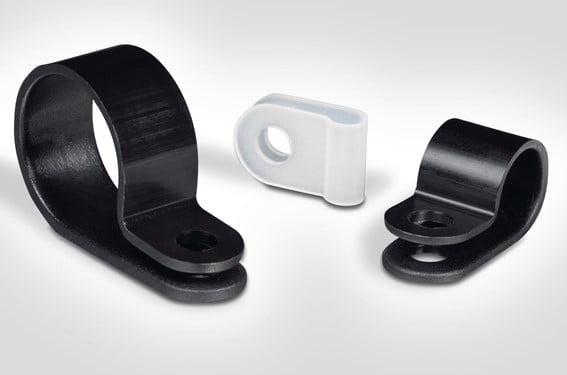In today’s highly modern day, cables are a need. Cables connect televisions, DVD players, desktop computers, speakers, and video projectors in the typical household.
Additionally, with the rise in popularity of mobile devices like tablet PCs, smartphones, and laptops, charger cables are crucial for preserving adequate battery levels.
Cables are used in innumerable other places besides the home, such as offices and factories. They can be seen snaking under computers, phones, printer stands, and other electronic equipment in workplaces.
They are crucial parts of transmission devices, multi-point and single-ended networks, converters, and repeaters, and their main function is to enable functions including communication, signal transmission, instrumentation, and control.
Additionally, cables are required on industrial sites for a variety of industries, including wind, solar, and hydroelectric generation, pulp and paper production, electricity, factory automation, natural gas production, steel, refining, and petrochemical.
Cables must be kept orderly and out of the way to avoid disruptions and obstacles because they are essential for many transmission processes. And using a cable clip is the greatest way to keep numerous, lengthy cords organized in any place.
What is it?
An object known as a cable clip is used to manage wires and cables and fasten them to a fixed point on a surface, such as a wall, ceiling, or floor. For both domestic and commercial applications, a wide variety of cable clips are available to manage cables of all lengths, widths, and configurations.
How does it work?
In general, a cable clip has two key parts: a mechanism for tightly bundling cables and a feature for holding the entire cable clip (together with the bundled cables) firmly against a single area on a surface.
This ensures that the entire bundle will stay in place. Despite the fact that combining these two techniques yields superior utility and a number of benefits, some manufacturers build their products so that they are available separately.
One sort of cable clip has a hole on one end through which a nail may be inserted to fasten it to a wall or other surface, and the other end is made of a single piece of material (like plastic) that holds the wires and cables. However, this particular cable clip might not be appropriate for surfaces that should not be harmed by being pounded by a nail.
Another type of cable clip that has an attached adhesive area that can be easily stuck to the surface without creating a hole or harming it in any other way may be more appropriate in such circumstances (especially for situations where securing the cables together is only intended to be temporary). The cable clip may be easily removed when the cables have been lowered.
To see other material construction, please see here.
To know other construction guides, tips, and methodology for beginners, veterans, and contractors, please see here.

